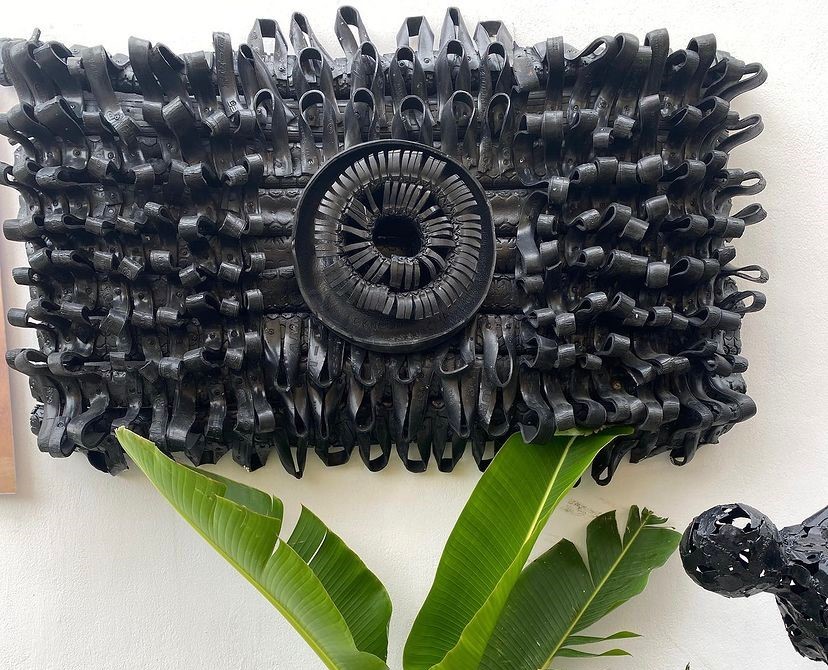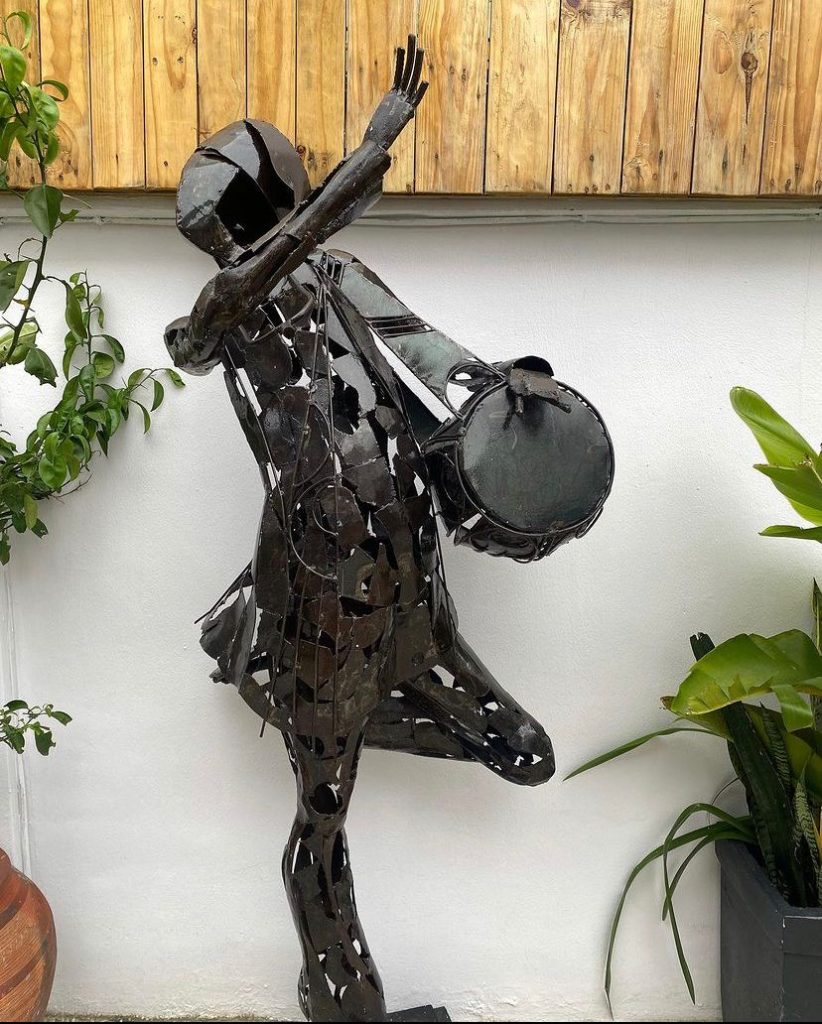In today’s world, the concept of eco-friendliness has extended its reach into the realm of art. Artists, both seasoned and emerging, are increasingly turning to sustainable practices, giving birth to the fascinating world of eco-friendly art. This movement not only fosters creativity but also contributes to environmental sustainability by utilizing recycled materials and reducing waste. In this article, we’ll explore the essence of eco-friendly art, share tips on making your art studio more environmentally friendly, discuss strategies for selling eco-friendly art, and delve into the best practices for upcycling in art and creativity.
What is Eco-Friendly Art?
At its core, eco-friendly art is an artistic expression that prioritizes environmental consciousness. It involves creating art using materials and techniques that have minimal negative impact on the environment. This commitment to sustainability is essential in today’s world as we strive to reduce our ecological footprint.
Eco-friendly art encompasses various practices, but one of its defining features is the use of recycled materials. Artists often transform discarded objects into stunning pieces of art, breathing new life into items that would otherwise end up in landfills. This approach not only showcases creativity but also raises awareness about the importance of recycling and repurposing.

Making Your Art Studio Eco-Friendly
Creating art with a focus on sustainability begins in your studio. Here are some practical tips to make your art studio more environmentally friendly:
- Energy Efficiency: Consider using energy-efficient lighting options, such as LED bulbs, to reduce energy consumption while you work.
- Eco-Friendly Art Supplies: Invest in eco-friendly art supplies, such as paints and brushes made from natural and non-toxic materials. These choices reduce the environmental impact of your artistic endeavors.
- Recycling Station: Set up a recycling station in your studio to sort and recycle materials properly. Encourage the reuse of materials like paper and cardboard for sketching and practice.
- Reducing Waste: Emphasize the importance of reducing waste in your creative process. Challenge yourself to minimize leftover materials and dispose of waste responsibly.
Creating an eco-friendly studio environment not only aligns with your commitment to sustainability but can also inspire your creative process.
Tips for Selling Eco-Friendly Art
Once you’ve created eco-friendly art, the next step is sharing it with the world. Here are some tips for selling eco-friendly art, whether online or in galleries:
- Choose the Right Platforms: Seek out online platforms and galleries that support sustainable art. Many art marketplaces now feature eco-conscious categories, making it easier for buyers to find your work.
- Tell Your Story: Convey the eco-friendly aspect of your art in your marketing materials. Share the story of how you create art with recycled materials and your commitment to environmental stewardship.
- Collaborate: Consider collaborating with eco-conscious brands or organizations. Partnerships can help you reach a wider audience who shares your values.
Best Practices for Upcycling in Art and Creativity
Upcycling is a powerful technique in the world of eco-friendly art. It involves taking discarded or unused materials and transforming them into something of higher value. Here are some best practices for incorporating upcycled materials into your art projects:
- Source Wisely: Scout for materials in thrift stores, flea markets, or even your own home. Look for items with unique textures, shapes, or colors that can add depth to your artwork.
- Preparation Matters: Prepare your materials carefully. Clean, sand, or prepare them as needed to ensure they work well in your artistic vision.
- Experiment and Innovate: Don’t be afraid to experiment with different materials. Sometimes, the most unexpected combinations yield the most stunning results.
Incorporating upcycled materials into your art not only challenges your creativity but also showcases the beauty of repurposing and recycling.

Conclusion
As an artist, you have the power to shape not only your creations but also the world around you. Embracing eco-friendly art techniques using recycled materials is a meaningful way to express your creativity while contributing to a more sustainable planet.
By defining eco-friendly art, creating an environmentally friendly studio, exploring strategies for selling your eco-conscious creations, and diving into upcycling practices, you can embark on a journey that not only unlocks your artistic potential but also leaves a positive impact on our environment.
Join the growing community of eco-conscious artists and be a part of the movement that combines artistry with sustainability. Together, we can create a more beautiful and environmentally friendly world.

